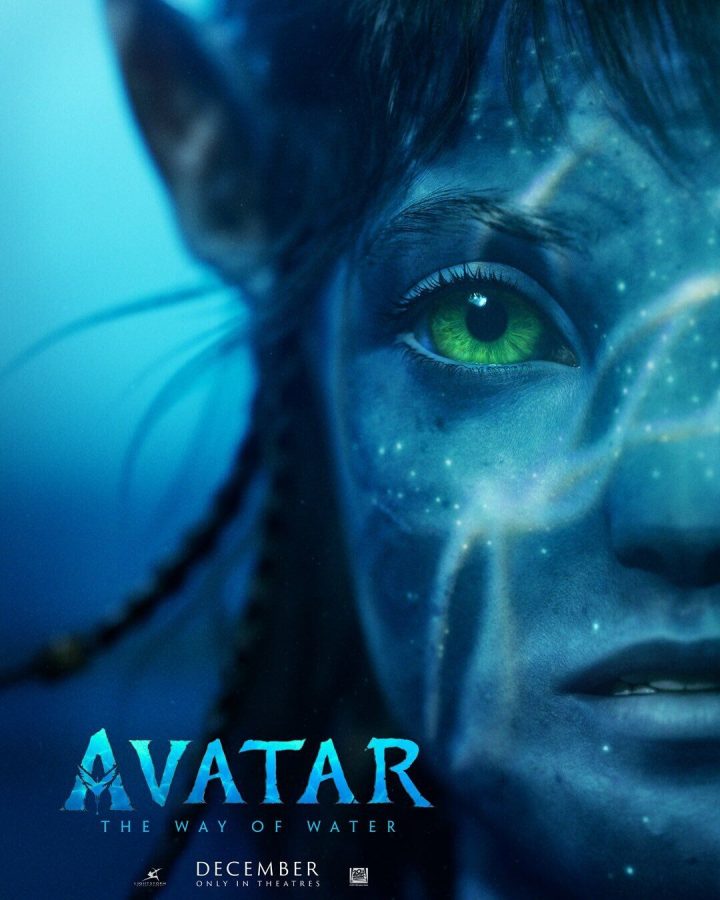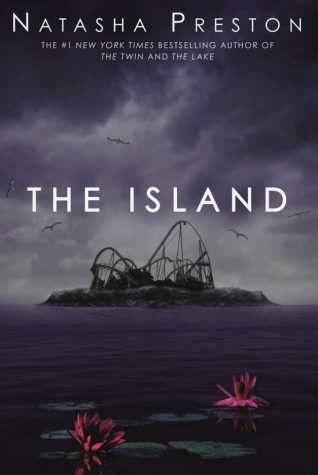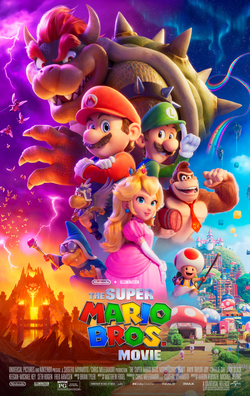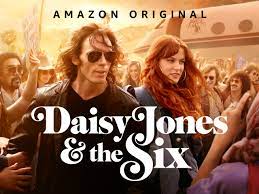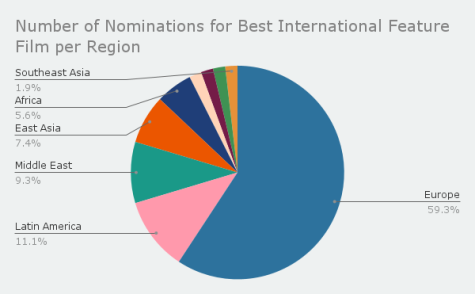‘Avatar: The Way of Water’ was a mesmerizing way to end 2022
January 23, 2023
The theater lights dim, and suddenly you are transported to a whole new world with tulkun whales and direhorses, where the people’s connection with nature is vital to their survival. On Dec. 16, 2022, “Avatar: The Way of Water” made its theater debut, 13 years after the initial release of “Avatar” (2009). Now, just a little over a month later, it has already surpassed “Spider-Man: No Way Home” for the sixth highest grossing film of all time.
In case you need a refresher on the original “Avatar,” the first movie features the thriving alien planet of Pandora, which is home to the Na’vi civilization. Due to the poisonous atmosphere, when humans arrive they must connect their minds to Na’vi bodies in order to survive, which in turn creates the hybrid species of Avatar.
Amidst an energy crisis, Earth is largely uninhabitable due to the detrimental effects of pollution and war. Consequently, humans, otherwise known as “skypeople,” are seeking to mine an alternative energy source: Pandora’s unobtanium mineral. In an attempt to colonize this world, the Avatars must try to gain the respect of the Na’vi tribe in order to report intel back to the humans.
Former Marine Jake Sully (Sam Worthington) is paralyzed from the waist down, but the opportunity to become an Avatar allows him to gain his mobility back. While at first Jack works closely with Colonel Quaritch (Stephen Lang), he soon falls in love with a Na’vi woman, Neytiri (Zoe Saldaña). As Jake integrates into this society, he forms a strong bond with the Na’vi people and has a growing sense of obligation to protect their world.
The first movie is best known for the compelling plot but also the breathtaking computer-generated imagery (CGI) and visuals. “Avatar” did this all in 2009, before it became a norm in the movie industry.
“Avatar: The Way of Water” has been highly anticipated, but skeptics questioned whether or not it would live up to its predecessor’s glory. I must admit that I was one of the skeptics — I couldn’t fathom the possibility of the sequel being able to match the quality of the original, but I was pleasantly surprised.
The sequel picks up several years after the end of the original; Jake and Neytiri have a family together and are living peacefully as the rulers of the Na’vi community. But, little do they know that a greater danger is coming their way.
Colonel Quaritch was presumed to be dead after the first movie; however, the skypeople transferred his consciousness to an Avatar, and now he’s seeking vengeance on the Sully family.
Early on there is an unexpected human invasion and the destruction of the Omatikaya Na’vi forest land, which forces the N’avi people into hiding. After this point, a year passes and Jake is leading attacks against the human infantry occupying Pandora.
But Colonel Quaritch’s plan of revenge pressures Jake and Neytiri to abandon their Na’vi community in order to preserve the safety of the people. Luckily, they are able to seek refuge in a Metkayina village, home to the oceanic Na’vi clan. Since the Sully family are forest people of the Omatikaya clan, they need to adapt to the daily routine of the Ronal tribe.
As they are being hunted, Jake must juggle between whether he should remain in hiding to save his family or fight for the justice of the Na’vi people.
A prevalent theme between both of the movies is the idea of colonization. Supported by a military-backed, greedy corporation, the sky people are looking to exploit the resources and the native people of Pandora. And in a lot of ways the Na’vi culture parallels Native American culture, especially with the emphasis on the sacredness of nature. The film’s director, James Cameron, has said that the movies are supposed to be a not-so-subtle allegory to the colonization of Native Americans.
This reference has caused some controversy and the science-fiction series has received quite a bit of backlash. Much of the controversy begins with the fact that the majority of the cast are white actors attempting to portray the struggles of indigenous people, leading some to boycott the movies all together.
While I don’t believe the intentions of this series was to be racist, I will say that Cameron’s attempt to pay homage to Native American struggles seemed performative. For example, in the first “Avatar,” Jack Sully is the hero who ends up saving the Na’vi from the humans, which only further promotes the “white savior complex.”
The storytelling and plot of “Avatar: The Way of Water” wasn’t anything special and some parts were even recycled from the first movie. But the graphics and special effects were outstanding, and despite the three-hour and 12-minute long runtime, I was left on the edge of my seat the entire movie.
The addition of new animals and the underwater aspect really elevated the caliber of the film. In fact, because the visuals were so alluring and captivating, I might go as far to say that the sequel topped the original.
So if you’re able to sit for over three hours without needing to use the bathroom, “Avatar: The Way of Water” is definitely worth the watch. My only piece of advice is don’t watch the behind-the-scenes footage afterwards — it spoiled the magic for me.

